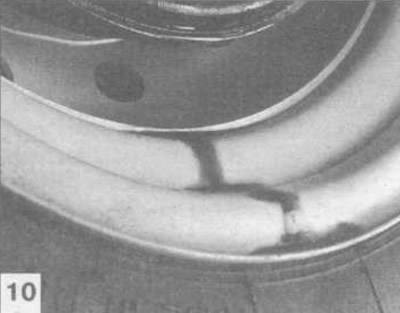Checking in the engine compartment
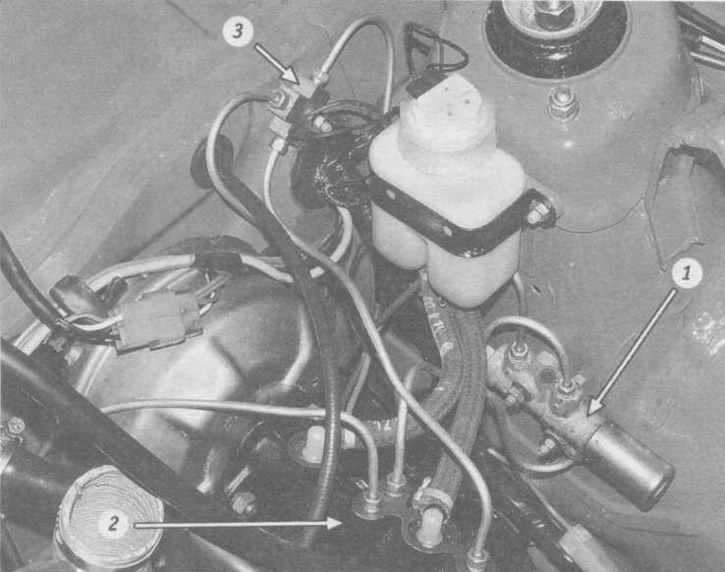
The location of the brake system hydraulic drive units in the engine compartment: 1 - pressure regulator; 2 - main brake cylinder; 3 - tee.
You will need: Key «at 15», a special wrench for pipe nuts or a wrench «on 10».
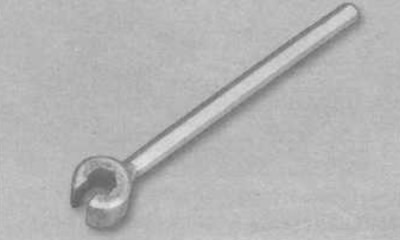
Warnings:
- Keep brake hoses free of mineral oils and greases. This will destroy the rubber.
- Be sure to replace the brake hoses after 5 years of operation. Rubber naturally ages and hoses can break during braking. Be sure to replace defective parts of the hydraulic brake system.
Recommendation: If it was not possible to eliminate the leak in the hydraulic drive of the brake system on your own, contact the specialists.
Check for fluid leaks at the connections of the brake pipes and hoses with the master brake cylinder, as well as from under the screw plug...
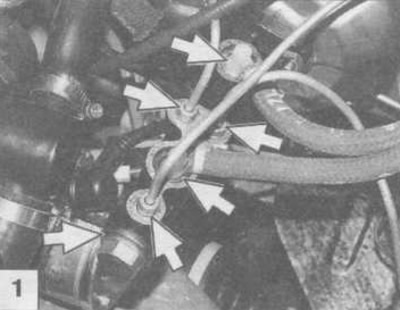
... in the connections of brake pipes with a tee...
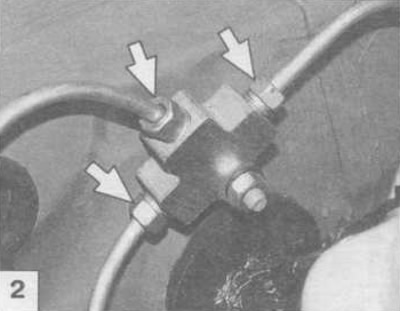
... in the connections of the brake pipes with the pressure regulator.
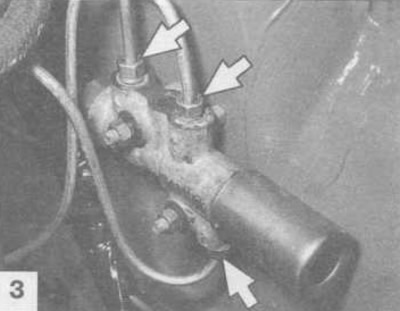
Checking the car from below
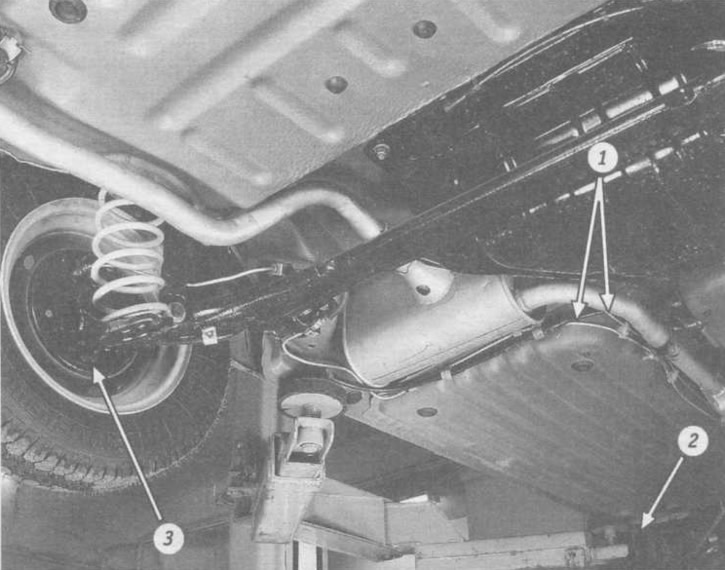
The location of the brake system hydraulic drive units from the bottom of the car: 1 - brake pipes; 2 - brake mechanism of the front wheel; 3 - brake mechanism of the rear wheel.
Carefully inspect the brake lines. They must not be damaged or severely corroded.
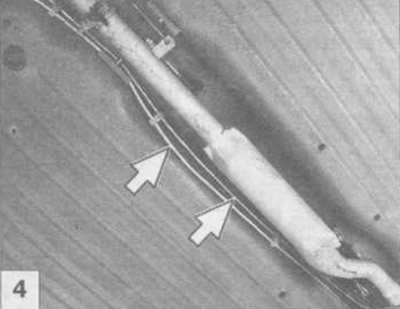
Check the fastening of the pipelines in the holders. Loose or broken holders lead to vibration and, as a result, to breakage of pipelines.
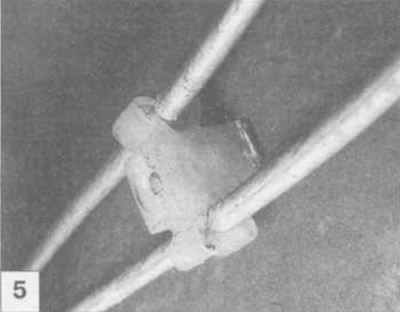
Carefully inspect the brake hoses. They should not have cracks, tears and traces of rubbing. Press all the way down on the brake pedal. If swelling appears on the hose, then the threads of the hose braid are torn and it must be replaced.
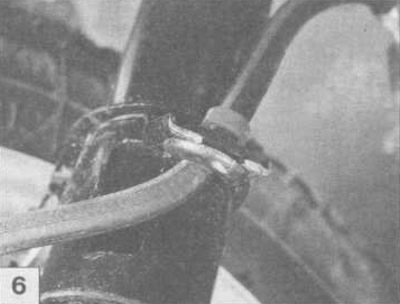
Check for fluid leaks at the brake hose connections to the brake pipes and front wheel brakes...
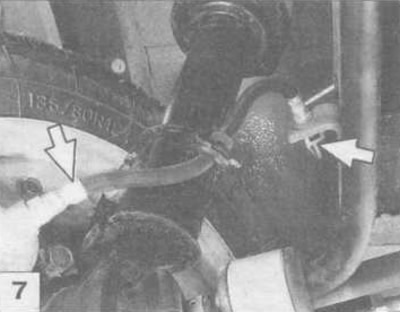
...brake hoses with brake pipes and brake pipes with rear wheel brakes.
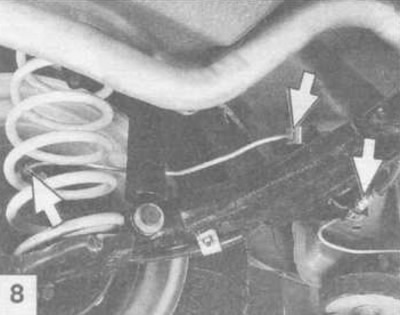
If a leak is detected, tighten the fastening nuts (use a special key).
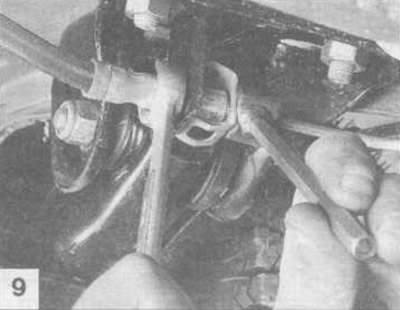
If there are traces of brake fluid on the brake shield or the inside of the wheel, then the wheel cylinder is leaking. To eliminate this defect, contact a specialist.
